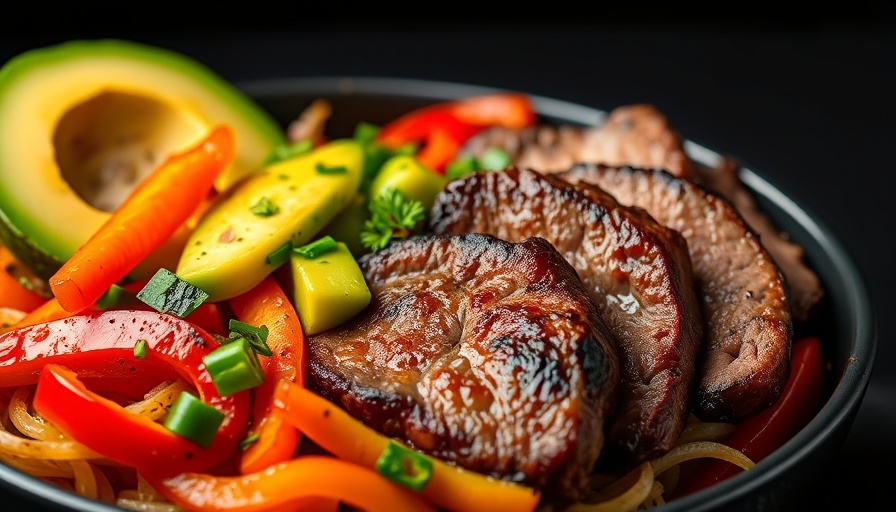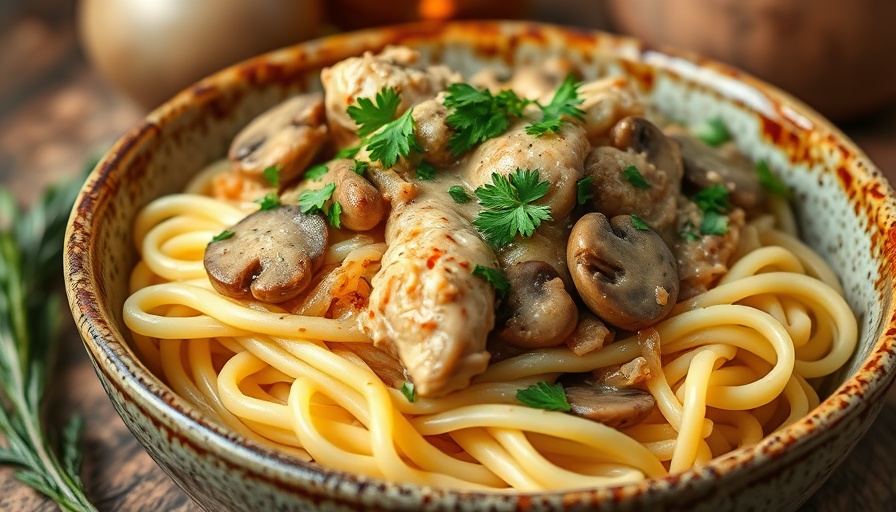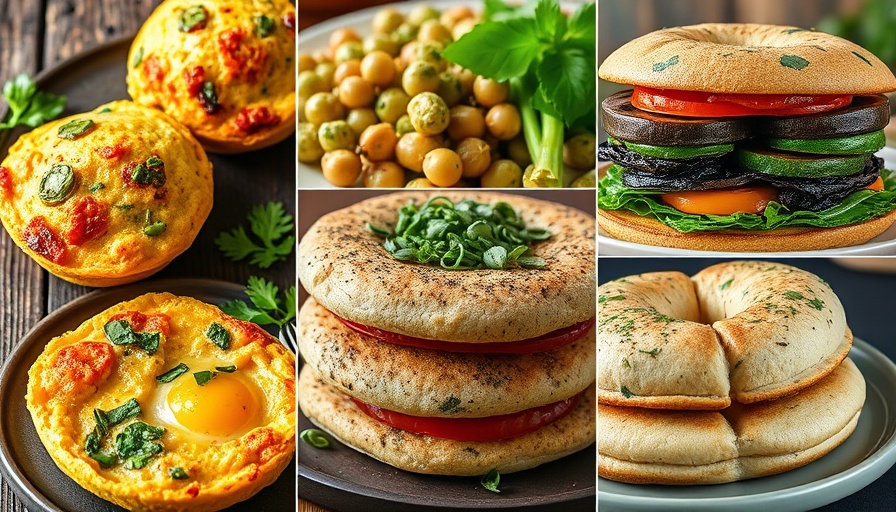
Understanding the Raw Milk Debate: More Than Just Hype?
The conversation surrounding the recent raw milk outbreak reflects a much deeper issue within our food system. As illnesses related to raw milk grab headlines, many question whether these incidents are products of genuine health risks or merely sensationalized reporting. Let's explore the implications of consuming raw milk, the underlying reasons for its increasing popularity, and the varied perspectives that define this contentious subject.
What’s at Stake with Raw Milk Consumption?
Raw milk advocates argue that it is richer in nutrients and beneficial bacteria compared to pasteurized milk, potentially enhancing gut health and supporting overall wellness. Proponents like Sarah Pope emphasize its ancestral roots and the way it fits into a traditional, whole-foods lifestyle. However, critics highlight significant health risks, such as exposure to pathogens like E. coli and Salmonella, which can lead to severe illnesses. The risk of outbreaks raises questions about food safety, particularly in a time when people are increasingly concerned about health and wellness.
Connecting Health Trends and Consumer Preferences
The growing interest in raw milk is part of a larger trend toward minimal processing and sustainable practices. Many health-conscious individuals are seeking products perceived to be "natural" and free from chemical treatments. This societal shift favors whole foods and traditional diets, aligning perfectly with modern health movements. Yet, it also complicates the conversation around safety and benefits, as the definitions of 'natural' vary significantly.
Public Perception vs. Expert Opinions
While the public's perception of raw milk sways toward enthusiasm fed by social media and grassroots movements, health authorities often warn of its dangers. This disconnect presents a challenge in educating consumers about the real risks vs. the benefits. Engaging with experts and citing research is crucial in navigating these waters, allowing consumers to make informed choices without succumbing to either media scare tactics or blind faith in raw products. Communities engaging with local producers also face this dilemma, balancing support for small businesses against consumer safety.
Potential Future of Raw Milk and Food Safety Regulations
The dialogue surrounding raw milk isn't going anywhere. As demand increases, conversations about how to safely produce and consume this product are becoming imperative. Future trends may involve stricter regulations or the development of advanced safety measures in raw milk production to allow consumers to enjoy its benefits while minimizing risks. The potential for innovation in both processing and community education could shape a balanced approach to raw milk consumption moving forward.
Take Action: Stay Informed for Healthier Choices
It's essential for consumers to remain proactive in their health journey. With the raw milk debate at the forefront of food safety discussions, understanding the full scope of the situation empowers consumers to make the best choices for their health. Whether you're interested in local food markets or considering a trip to your local med spa in Pittsburgh for rejuvenation, being informed is key. Never hesitate to ask questions, seek expert opinions, and connect with trusted local producers.
 Add Row
Add Row  Add
Add 



Write A Comment